Island resources... our natural and cultural resources is about pride and awareness of our heritage and the things (our resources) we take for granted... we, from Ngaraard have a lot to learn from visitors like you and with the support of the Sasakawa Peace Foundation from Japan, it has led us to the realization that our local community can generate income from the surrounding resources and be able to make practical efforts for sustainable conservation of such resources, not only for us today, but for future generations as well.
The Concept of Eco-Tourism
Ngaraard is one of the 16 States of the Republic of Palau located on the northern part of the big island of Babeldaob!
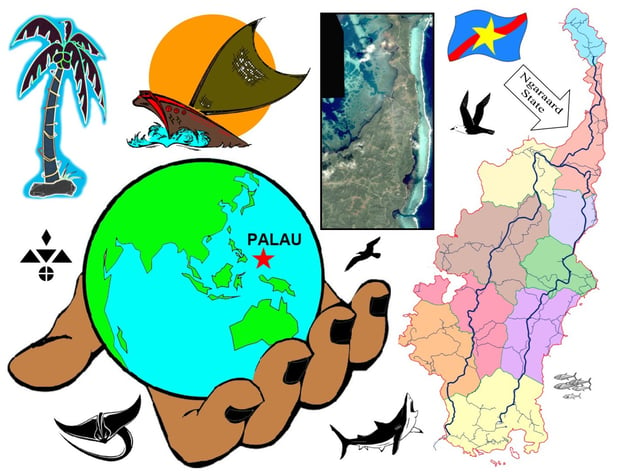

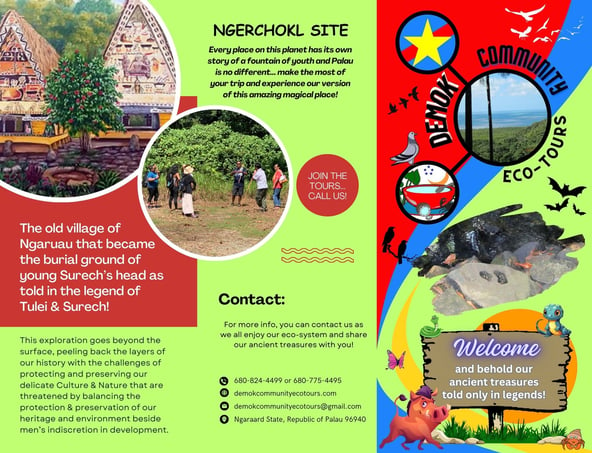

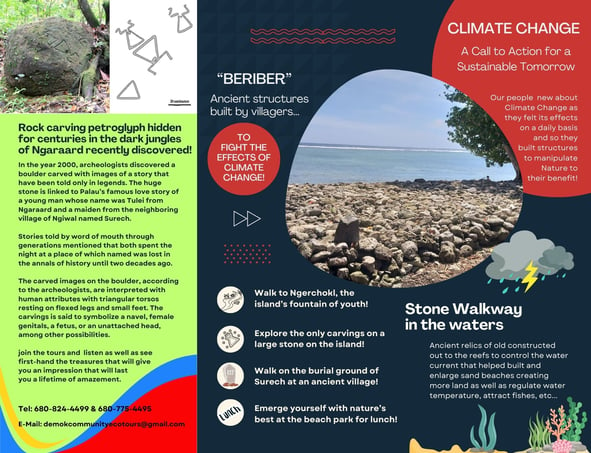

Historical sites to visit!
A couple of things you must know about Ngaraard!
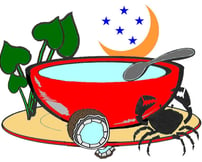

Ngaraard history is as old as the land itself as chronicled by means of its legends and mythologies told throughout the ages from generations to generations. However, the State’s first written history was in the mid-1800’s by a German Anthropologist by the name of Dr. Semplar. The written history tells of the people of Ngaraard and their community, especially the people of Ngebuked County, one of the five villages of Ngaraard.
Ngaraard is traditionally known as “Kerradel” and has some of the most beautifully created scenery from both the west and the east coast, which are connected by a long stone pathway to docks on both shores. The State is distinguished more from her magnificent legends,… our versions of the "fountain of youth" (the bathing in the stream that would have given the gift of immortality)... love story of Tulei & Surech that resulted in the beheading of the young maiden, the old village of the chief who wanted to see the young girl's face and the burial site of her head and an ancient structure that proves early people of the island were knowledgeable of the effects of Climate Change and many more cultural sites buried in the deep recesses of the jungles on the big island of Babeldaob.
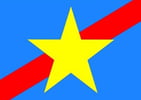

"Demok"... Palau's National Soup... originated from Ngaraard State and is a famous soup of the island. This soup is a combination of coconut cream milk and leaves and stems of taro plants and cooked to perfection with an added land crab meat to give it a taste out of this world. The "demok" was selected as the National Soup of the Republic of Palau and although some other villages have their own versions of the soup, none can compare its taste to the original birthplace in the state of Ngaraard. The image of the "dempk" soup is borrowed as the company's logo which is recognizable within and around the Republic of Palau.
Ngaraard State is one of the sixteen (16) States of the Republic of Palau and is located to the north of the big island of Babeldaob.
The State is composed of five main villages called counties, namely Choll, Elab, Ngebuked, Ulimang and Ngkeklau.
Ngaraard’s current and official flag is SKY-BLUE background divided with a red stripe from the bottom left corner to the upper right corner with a yellow star frontwards. STAR... the star symbolizes Ngaraard as one with the five fingers representing each of the villages and/or counties... STRIPE... this illustrates the state has both the east and west coasts. colors blue & red & yellow... the blue color represents both the sky and the ocean with the color red stripe representing courage and integrity and the yellow color for the star symbolizing unity of the five villages as one state under the Almighty God.
The Soup
The flag of the State
The State Government of Ngaraard is modeled after the Palau National Government (modeled after the United States Government) with an Executive Branch represented by the Governor as the Chief Executive Officer and the Legislative Branch with two houses consisted of elected members (4 representing at-large and 5 representing each of the five villages) and five traditional chiefs (top chief of the village) from each of the five village seating in the legislature.
